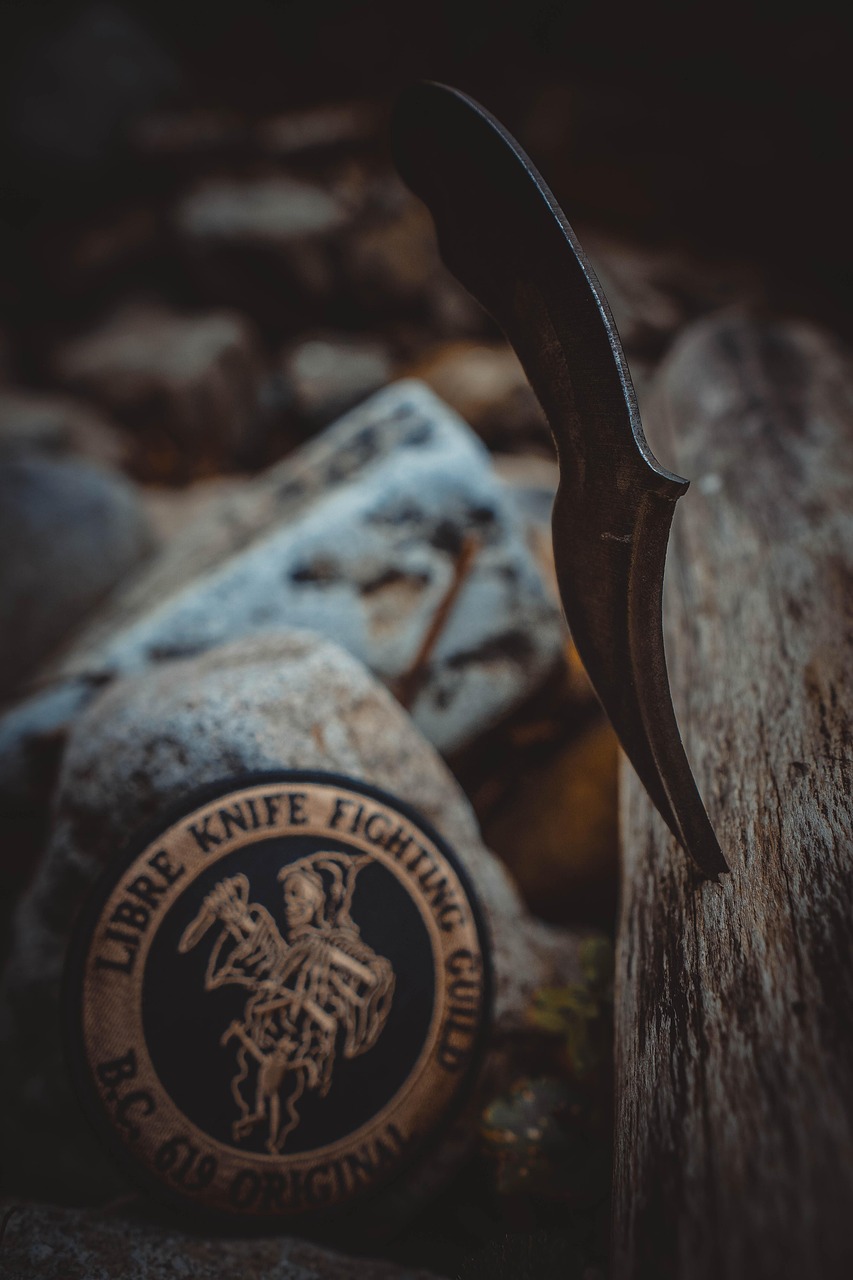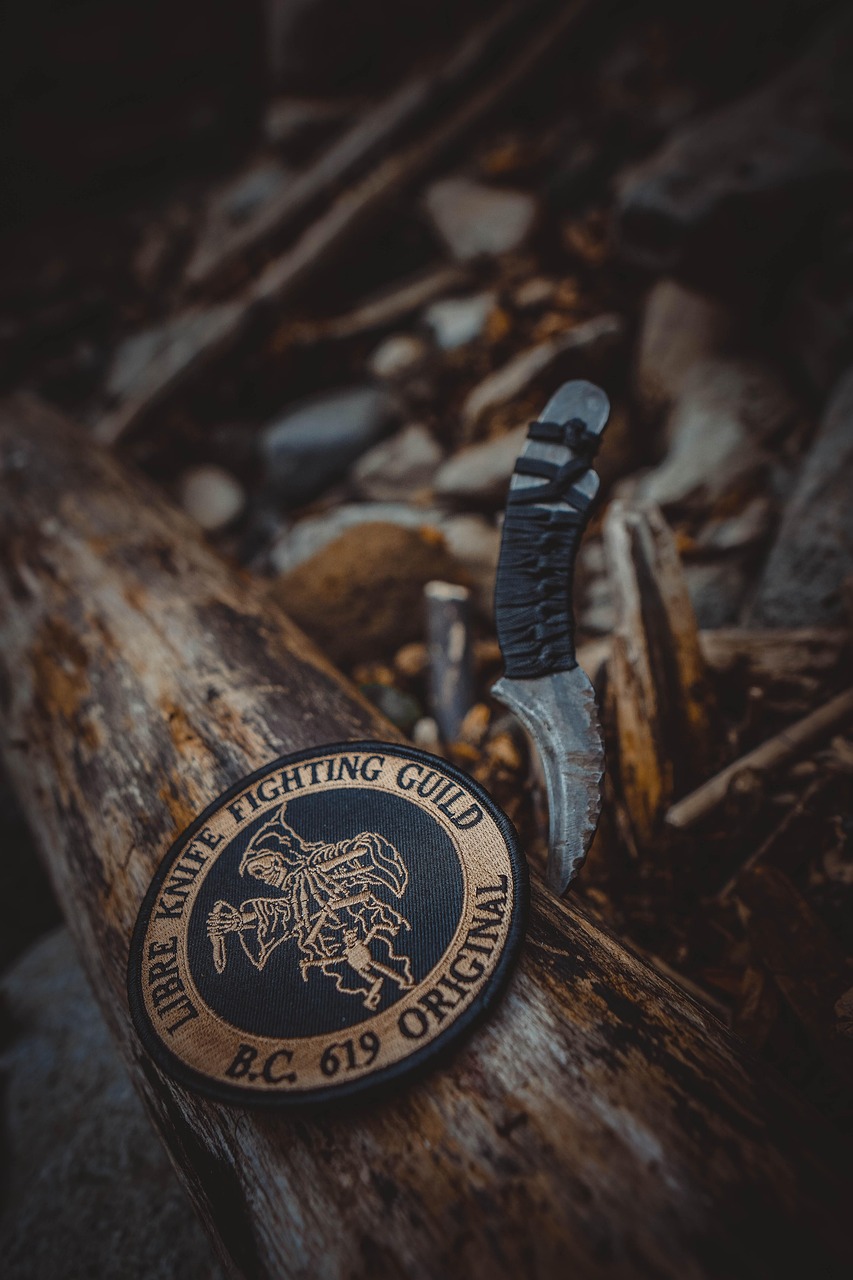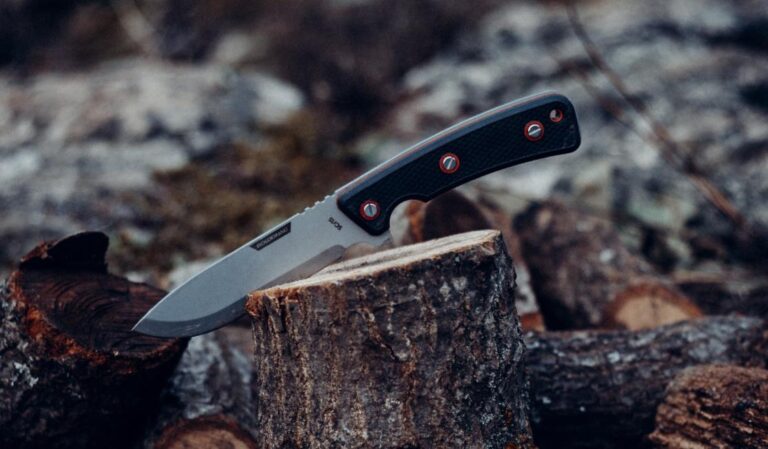Knife throwing has evolved from an ancient survival skill to a popular sport and hobby, but not all throwing knives are created equal. The key to success—whether you’re a beginner, enthusiast, or B2B retailer—lies in understanding the types of throwing knives and how their design impacts performance. Below, we break down the core types, their uses, and how to match them to your needs.
What Makes a Knife a “Throwing Knife”?
First, let’s clarify: Not every knife can be thrown safely or effectively. Throwing knives are purpose-built with three key traits:
- Balanced weight distribution (critical for predictable flight).
- Durable materials (carbon steel or stainless steel to withstand impacts).
- Dull edges with sharp tips (safety-focused design to reduce injury risk).
Im Gegensatz zu Küchenmesser oder utility blades, they’re engineered for trajectory control, not cutting. Now, let’s dive into the main types.
The 3 Core Types of Throwing Knives (By Weight Distribution)

Throwing knives are primarily classified by their center of gravity (CoG)—where weight is concentrated. This determines how they spin, fly, and perform for different skills and styles.
1. Balanced Throwing Knives
- Weight Distribution: CoG sits exactly at the midpoint (equal weight in blade and handle).
- How They Fly: Rotate slowly and predictably, making trajectory easy to calculate.
- Am besten für: Beginners, casual throwers, or anyone new to the sport. They’re versatile enough for both spin and no-spin techniques.
- Why They Work: You can throw them from either the handle or blade, and their balanced design reduces frustration as you learn.
2. Handle-Heavy Throwing Knives
- Weight Distribution: CoG shifts toward the handle (handle weighs more than the blade).
- How They Fly: Spin slower (1.5–2 rotations per throw) with a wider trajectory, ideal for longer distances.
- Am besten für: Intermediate throwers using the no-spin technique (straight-line flight).
- Pro Tip: Grip them by the blade (carefully!) for better control—this leverages the handle weight to keep flight steady.
3. Blade-Heavy Throwing Knives
- Weight Distribution: CoG is closer to the blade tip (blade weighs more than the handle).
- How They Fly: Spin faster with tighter rotations, suited for short-distance precision.
- Am besten für: Advanced throwers using spin techniques (1–3 rotations before hitting the target).
- Pro Tip: Grip them by the handle to harness the blade weight for quick, accurate spins.
Throwing Style vs. Knife Type: What Works Together?
Your throwing technique should guide your knife choice. Here’s how to pair styles with types:
Rotational (Spin) Throwing
This classic style involves the knife spinning mid-air before sticking. It’s best for fixed distances (10–15 feet).
- Best Knife Types: Balanced or slightly blade-heavy knives (8–12 inches long, 6–10 ounces). Their consistent spin makes timing releases easier.
No-Spin Throwing
The knife flies straight with minimal rotation, ideal for short distances (<10 feet) or martial arts.
- Best Knife Types: Handle-heavy knives (10+ inches long). Their slow spin keeps the blade pointed at the target longer.
Knives That Aren’t Built for Throwing (Avoid These!)
Not all blades work for throwing—save yourself frustration (and injury) by skipping these:
- Butterfly Knives (Balisong): Foldable handles pivot, causing unpredictable flight. They’re designed for “flipping” entertainment, not throwing.

- Kunai Knives: Popular in movies, but their ring pommels and unbalanced design ruin smooth releases. They’re better for display than performance.
- Kitchen/Utility Knives: Thin blades bend on impact, and sharp edges increase injury risk. Always use purpose-built throwing knives.
Quick Guide: Choose the Right Type for Your Needs
Use this cheat sheet to match knife types to users:
| User Type | Best Knife Type | Key Features to Prioritize |
|---|---|---|
| Beginners | Balanced | 8–10 inches, 6–8 ounces, slow rotation. |
| Intermediate Throwers | Handle-heavy (no-spin) or blade-heavy (spin) | 10–12 inches, durable steel. |
| Competitors | Balanced or blade-heavy (competition-grade) | Full-tang construction, WKTL-approved specs. |
Abschluss
Choosing the right throwing knife starts with understanding the core types: balanced for beginners, handle-heavy for no-spin techniques, and blade-heavy for precision spins. Each design is engineered to complement specific skills and styles, ensuring safety, accuracy, and enjoyment—whether your customers are casual hobbyists or competitive throwers.
For businesses, stocking the right mix of these types is key to meeting diverse needs. From durable beginner sets to pro-grade competition knives, the goal is to offer options that align with how your customers actually throw.
Partner with Leeknives for Your Throwing Knife Needs
Leeknives supports clients with tailored solutions for stocking or scaling throwing knife offerings. We provide wholesale options covering all core types (balanced, handle-heavy, blade-heavy) and custom OEM services to bring your branded designs to life.
Ready to explore wholesale or OEM solutions? Contact our team to discuss how we can support your business.







